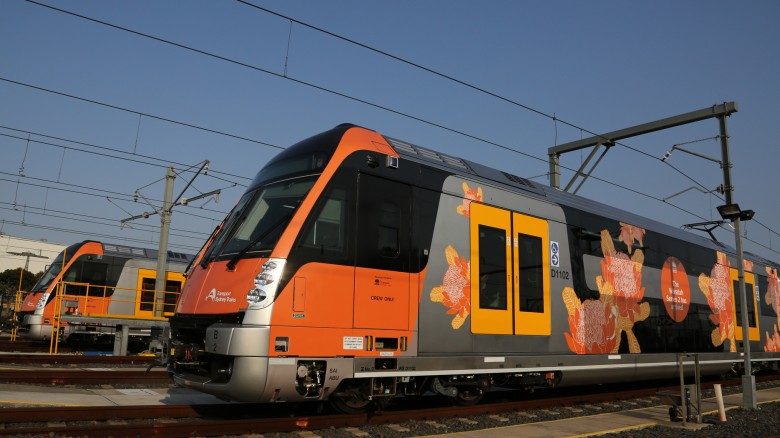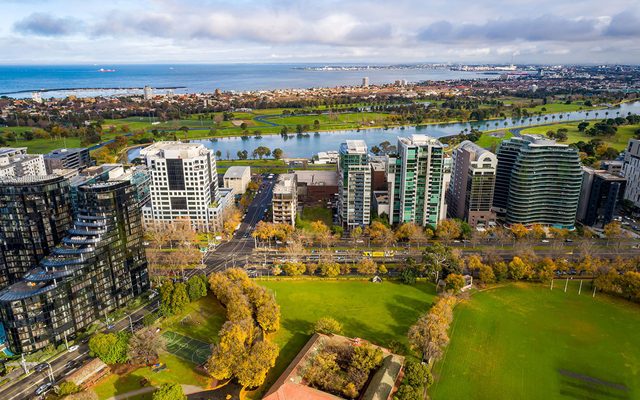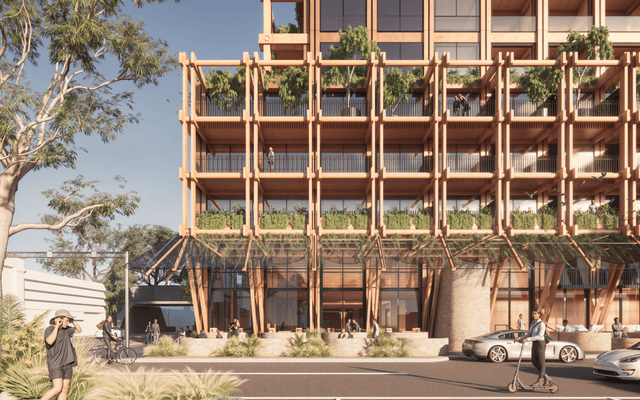This article is from the Australian Property Journal archive
IN a rising trend, 35% of new homes delivered across Sydney, Melbourne, Brisbane and Perth over the last 15 years were built within a kilometre of a train station.
According to recent analysis from KPMG Australia, over a third of the 1.5 million dwellings delivered across these major cities sit within close proximity of a train station between 2006 and 2021, a figure which grows to nearly 50% of all new dwellings in Greater Sydney.
“Train stations have had a significant impact on housing supply,” said Terry Rawnsley, urban economist at KPMG.
“Our analysis highlights that long term precinct planning policies can have a positive impact by clustering jobs and services near a major train station.”
While new rail line developments were predominately apartments at 64%, detached homes made up 12% and townhouses 24% across with rail networks covering the CBD, middle ring and greenfield growth areas.
Compared to the overall mix of dwellings of 31% apartments, 46% detached and 23% semi-detached.
Over this period, Greater Sydney led this trend, with 49% of the 430,000 additional dwellings delivered located within 1 kilometre of a train station.
Greater Sydney saw a particular spike in the trend between 2016 and 2021, with almost 110,000 new dwellings compared with less than 60,000 in the previous five-year period.
While in Greater Melbourne, where 565,000 additional dwellings were produced, 35% fit this trend.
Between 2016 and 2021, 83,000 new dwellings within a kilometre of a train station in Greater Melbourne, up from 70,000 in the previous five-year period.
In Greater Brisbane, 28% of the 273,000 additional dwellings delivered were within 1km of train station, with 16% of the 239,000 additional dwellings in Perth.
With Greater Brisbane seeing 39,000 new dwellings built within a kilometre of a train station between 2016 and 2021, compared to 21,000 in the prior period.
While Greater Perth saw 11,000 new dwellings fitting this criteria over the five-year period, down from 14,000 in the previous five years.
“Rail lines constructed over the past two decades have opened up new development fronts,” said Rawnsley.
“The analysis shows that the housing markets vary within each city and that in the area surrounding each train station there is a need for appropriate land use planning and place-making initiatives to ensure that housing, local services and infrastructure is provided to help attract new housing developments.”




